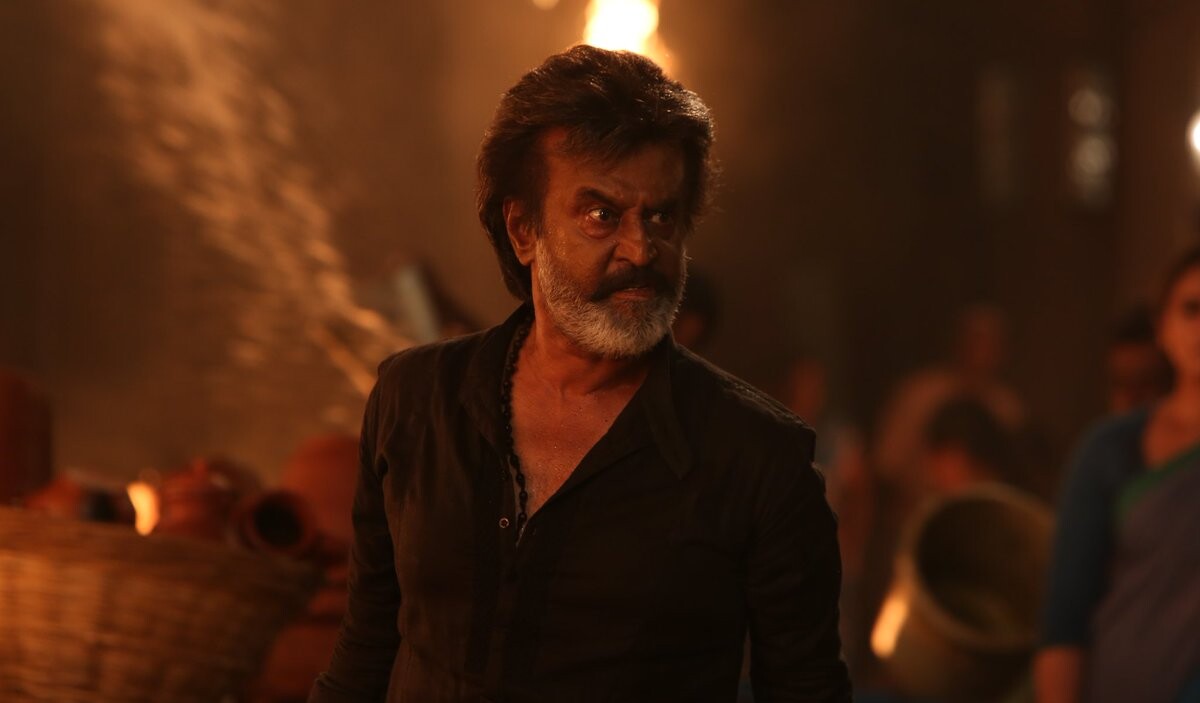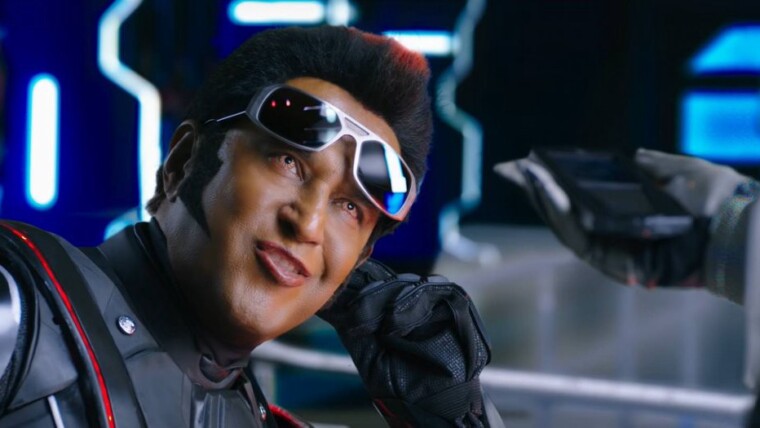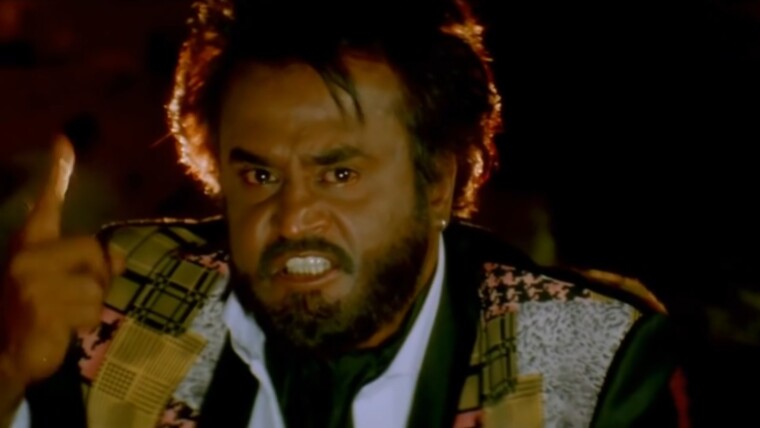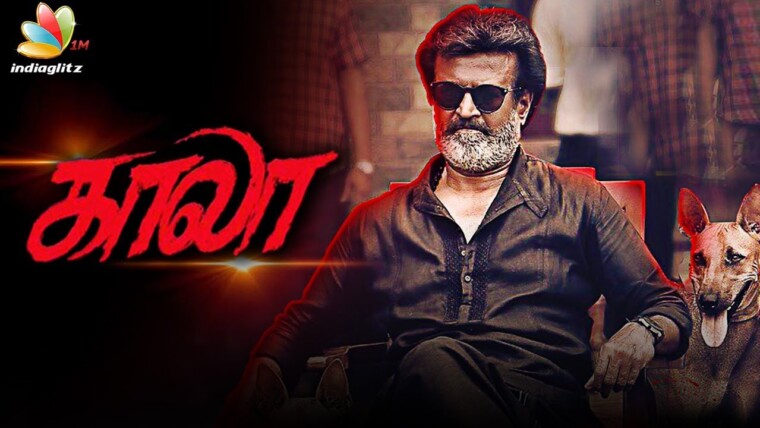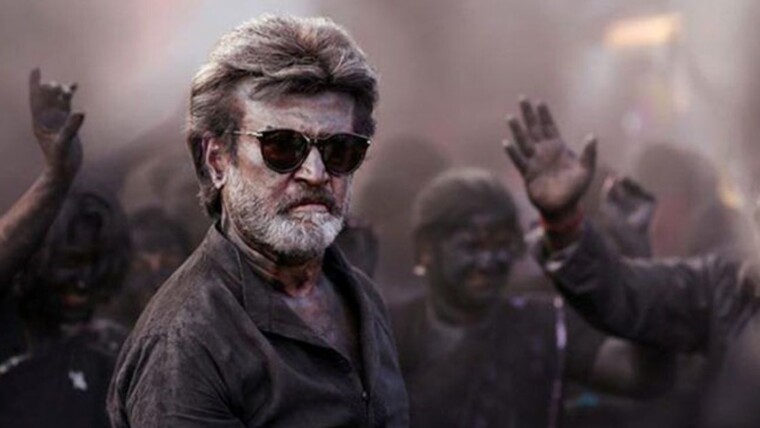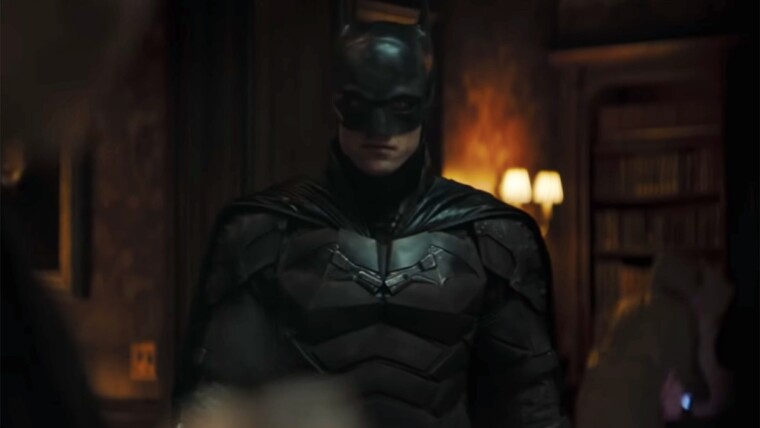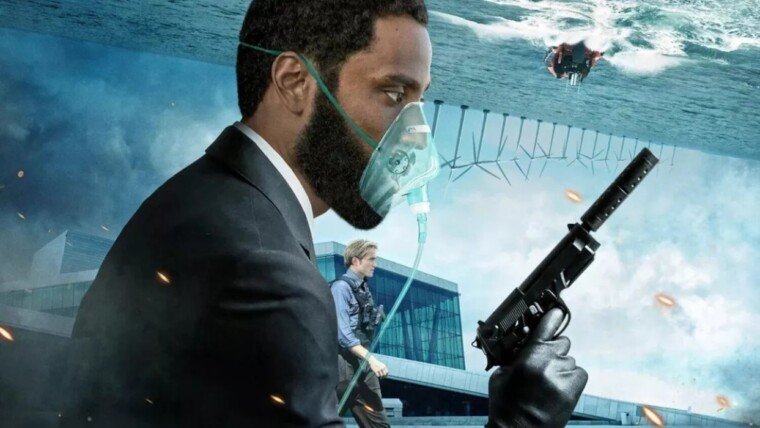You can also click here to check out our review.
I make no pretensions about my knowledge of Indian cinema, my current lexicon consists of Three Idiots, Kabali, Slumdog Millionaire and possibly The Life of Pi. Though I’ve been told that the last two can’t be categorised as Indian cinema, despite there being a ton of Indian people in it. Nonetheless, you get the point, I might as well be Dutch when it comes to Indian media. I came into Kaala with a clean palette, not entirely sure of what I would be getting out of the whole film.
There were definitely fears that the language barrier, even with the subtitles, and all of its cultural minutiae would prevent me from fully engaging with the film. After watching Kaala, it’s definitely sparked an interest in me to go and check out more foreign (as in non-English) films and to experience cinema in all of its glorious diversity and colour. And now I extend that invitation to you, starting with this film. Yes, I know the hesitation for non-fans or non-natives of a certain culture to watch a foreign film. It can feel strange and somewhat awkward at times but trust me, you’d be seriously missing out if you don’t give Kaala a try. If you’re still not convinced, here’s five reasons you should go watch it!
1. Super Star Performance
Prior to Kaala, I was somewhat acquainted with Sir Rajnikanth. It was in 2016, when I first saw the man swing, kick, run and jump on screen as Kabali in a film of the same name. When his name came up on screen with the “Super Star” title card, I knew that this guy was big. Watching the film with friends who are die-hard fans of the man was something else. They would hang on his every word and would animatedly quote his one-liners after the film. Although, the film was somewhat of a predictable take on gangster films, I utterly enjoyed the energy and hype surrounding the man. He was like some sort Indian equivalent to The Rock.

So naturally, when I watched Kaala, I assumed that this would be another standard action hero affair. Boy, was I wrong. Only a few of the stylistic choices and over-the-top swagger that accompanied the man were there (the occasional slow motion and sweeping camera shots were of course still present). In many ways, Rajni here carries a rather Clint Eastwood like vibe throughout his performance. Not so much a man of action as he is a man trying to age gracefully. Don’t get me wrong, when it’s time to kick gangster and corrupt bureaucrat butt he does but at the same time, there’s a sort of tiredness about it.
Karikaalan “Kaala” here isn’t a male empowerment fantasy. He’s the everyman standing up to the powers that be that took everything from him and I quite like this more self-aware and sensitive side to the actor. Honourable mentions go to the ladies here, namely Easwari Rao’s strong and endearing performance as Kaala’s wife, Selvi. She more than makes up for some the half-baked romantic elements with Zareena (Huma Qureshi) that are thankfully never really touched on for too long (though, my editor Dash would disagree. He hates the Zareena-Kaala romance angle with a passion. “It drags and drags and drags!” he says). The chemistry between Selvi and Kaala feel authentic and endearing, like watching a settled married couple on screen.
2. Great Production Quality

Far from being a theatrical release of a glorified late afternoon soap, the amount of attention and craft that has gone into Kaala is quite impressive. Do not let the simple setting of a small Tamil Nadu town fool you, the film makes full use of its sets, to breathe as much colour and life into the shots as it does into the community on screen. From impassioned speeches in makeshift stages and unruly town hall meetings to the many campy musical numbers that offer the viewers an entertaining and yet informative perspective into the life of the people of the Dharavi slum.
Speaking of which, political drama or not, Kaala is not without well-choreographed and lively dance numbers. My personal favourite being the Tamil inspired hip-hop dance number a little over the beginning of the film, when the kids are strutting their stuff on their dusty floor as the film follows Karikaalan engaging with different members of the community. Believe me, when I say, that was some straight out of high flying dance moves straight out of Grease. Also, the soundtrack by Santhosh Narayanan is dynamite! The infinitely danceable “Semma Weightu” and the rugged, rock-esque “Katravai Patravai” are some of the more memorable tracks in the film.
Kaala uniquely juxtaposes the conflict that the modern day Tamil Nadu community in the film faces with the historical oppression that the community has endured in the past. This switch from modernity to antiquity is executed via animated sequence and old footage is effective in bringing anyone who is unsure of the premise of the film up to speed with the socio-political climate of the film. The aesthetics and auditory of the film kept me thoroughly engaged throughout my viewing experience.
3. Action Packed and Entertaining
Where do I even begin to describe what watching Kaala was like? I guess if I had to peg it down I’d describe the film as an action musical political drama? Yes, you know what I’ll go with that. When Kaala isn’t dazzling you with charming musical numbers or pulling heartstrings with some of the more intimate moments between Karikaalan and his family, the film is kicking it into high gear with some highly stylized action. The stuff you’ll see here is absolutely bonkers, man. And I can’t think of a better example than the rain fight scene when Kaala ambushes Hari’s henchmen and takes them all on, while sporting an umbrella in the pouring rain.
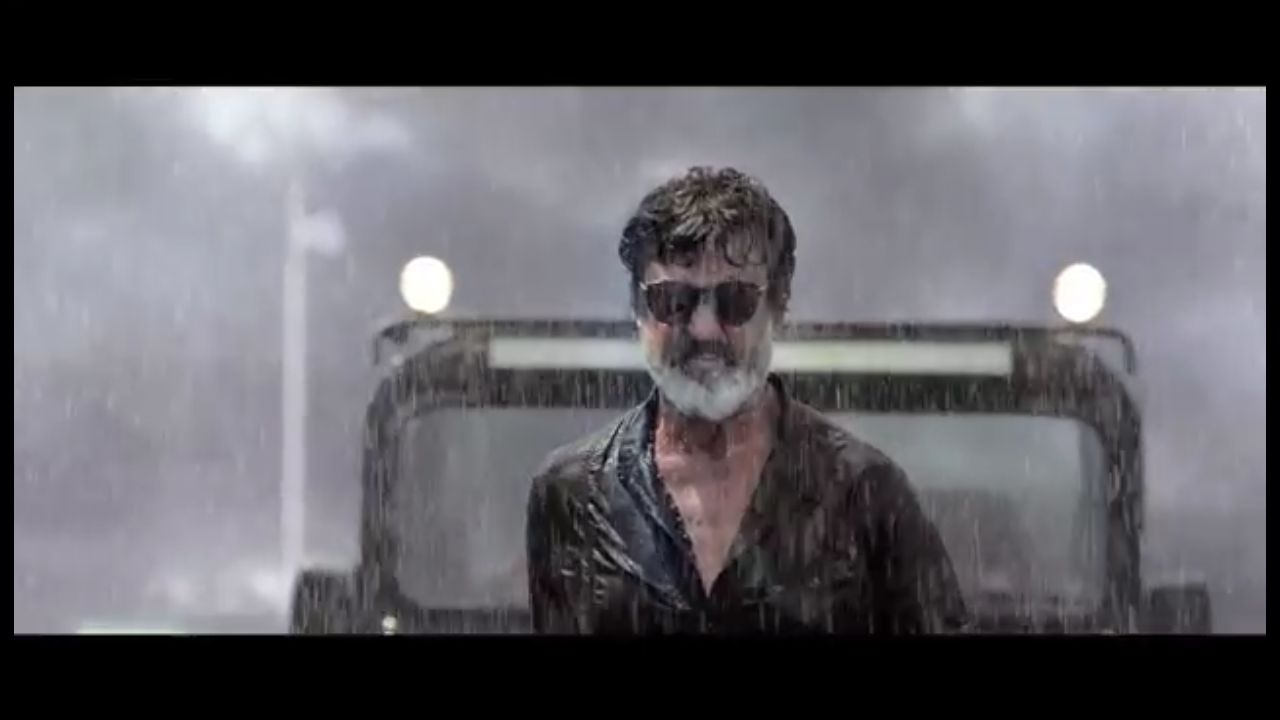
First of all, let me just say there were some great shots during that fight, especially when the film makes liberal use of the slow-motion effect here. Not going to lie, Pre-Justice League Zack Snyder would be proud of what he saw here. As one of the thugs charge at Kaala with machetes and sickles in hand, the man proceeds to stab him in the neck with a freaking umbrella! All the while, a kick-ass electric guitar riff is shredding on in the background. The guy skilfully weaves between machete cleaves and frantic slashes just to launch his umbrella into the chest of another assailant, like a damn spear. He then knees a guy into a group of baddies leaving them all lying on the ground. This is just one of the many deliciously insane (and at times physics-bending) action sequences. I came in for some good, campy action-packed fun and believe me when I say I was not disappointed.
4. A Powerful Story of a People
Fortunately, the film does not trade substance for style. Bolstered by electrifying performances and competent filmmaking is a narrative that is more than the average revenge fantasy, though there are elements of that in there. Without giving too much away, the film follows the story of Rajinikanth’s Karikaalan and his struggle for the Tamil community of the Dharavi slums against the greedy ex-con turned politician Haridev “Hari Dhadha” Abhayanka (who kinda looks like Indian Jeff Goldblum). What’s interesting about the plot here is that the evil that Kaala fights is more nuanced and insidious than the typical thug in Tamil Masala films twirling his moustache. Rather the threat here, personified by the corrupt and racist Hari, is an intersection between selfish private interest and nepotistic public service meet.

Hari’s methods go above the typical fear and intimidation through paid goons that mob bosses employ. He uses legal means through the office he occupies as Union Master to evict the locals from their homes to clear the way for construction plans. He uses religion-baiting to rile tensions between Muslims and Hindus as he hires rabble-rousers to spark off a riot, distracting the people of Dharavi from the wider issue at play here.
The police are paid off and are pretty much a means for Hari’s insidious scheme, oppressing their citizens and hindering any meaningful change to come. All the while posters and media material all around the desolate slums paint the man as a “patriot” or a trusted figure of the community. The film isn’t content to tell you another story of cool, antihero fights off baddie gangster through the streets. It’s bigger than that, and dare I say bigger than the actor tied to the project.
It highlights the systemic injustice that the marginalized racial groups in India endure. Kaala just so happens to be the community leader that galvanizes the people of Dharavi against this injustice. A man who is deeply convicted to protect his people, no matter the personal cost. By the end of the film, you’ll see that Kaala’s struggle is more than the sum of its part. The direction that film takes near the end of the film is a bold and subversive one that will surely leave fans shocked and non-fans impressed.
5. A Universal Message in a Unique Setting
A subject that is consistently touched on in the film Kaala is race in relation to class conflict. First, a little bit of context, since time immemorial Indian society has very much been structured by the caste system. A system of social stratification that organizes certain segments of Indian society, based on lineage and ancestral vocation, into specific social groups that come with specific culture-enforced interactions and economical access. At the very bottom of the caste systems are the untouchables, or at times derogatorily known as Dalits. This system of societal organization often gives way to racial discrimination, seeing that certain races have been associated with castes namely the Tamil Nadu community with untouchables. This means certain caste races have more access to opportunities than other.
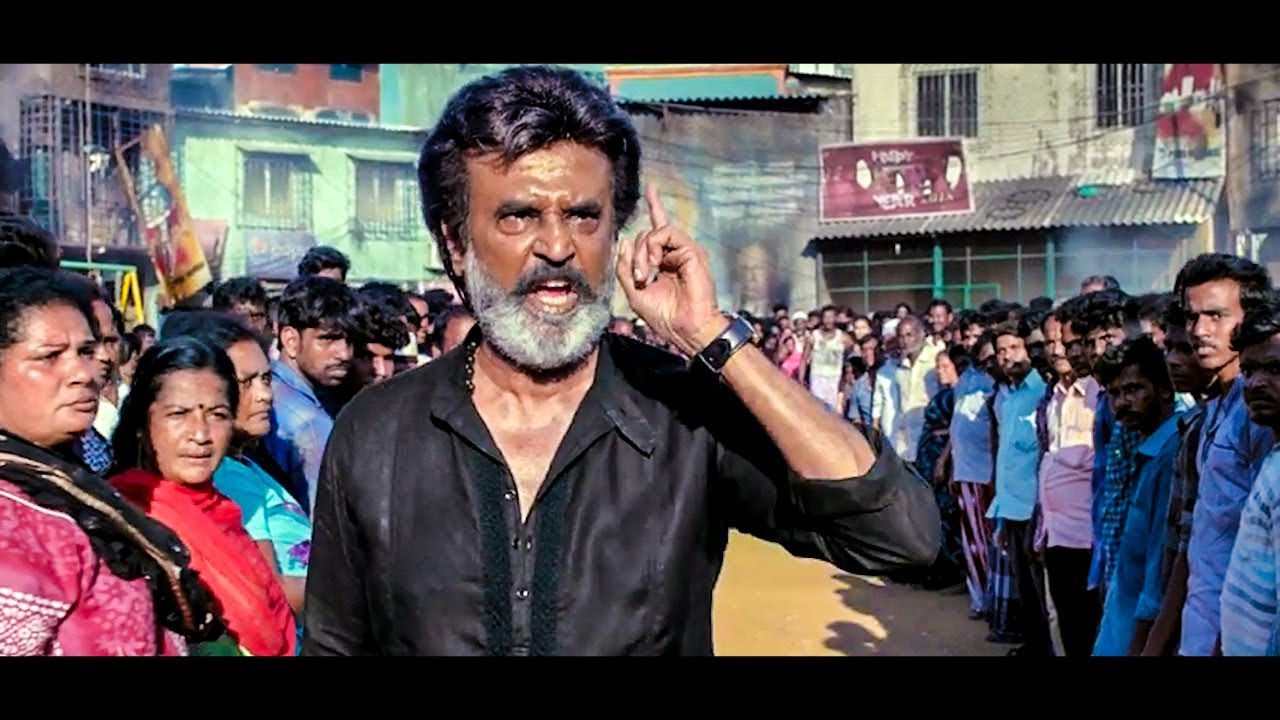
This discrepancy is at the heart of Kaala with the villain Hari serving as the personification of caste discrimination and injustice. In the film, he has no qualms oppressing the Tamil Nadu community of Dharavi community for his vision of a “purer” Dharavi. He’s consistently wearing white (a thinly veiled symbol for perceived purity and when he visits Kaala’s house, he refuses to a drink when offered by Selvi. The nickname that our hero Karikaalan is given, Kaala, quite literally means black, he serves both representative and defender of the lower caste, as he fights for their rights.
The man is leading a revolution against a corrupt system. Kaala even names his son after Lenin, a Russian communist leader who fought for the proletariat masses. Though the film’s setting might seem alien to some, its message of equality and revolution will no doubt resonate with all. If you’ve ever been a victim of race or class discrimination, you will definitely relate with Kaala. Kaala speaks for the oppressed!
Kaala is not only a great action film, it is a complex and timely political drama that world needs now more than ever. Once again, I implore you to look past cultural differences to experience a film that has so much to offer! Kaala is definitely on my top list of foreign films.
Hey you! Yes you, hot stuff. Like my article? Leave a comment below and let me know what you think. Also, don’t forget to share it with your buds.
And if you’d like to discuss movies with me you can follow me on Twitter here: @CineSam

